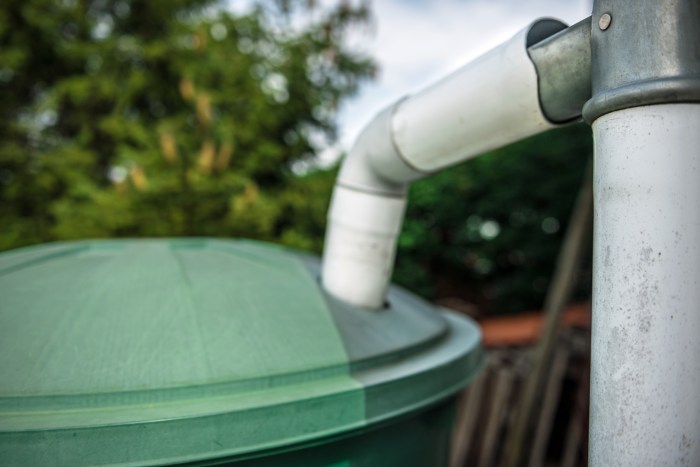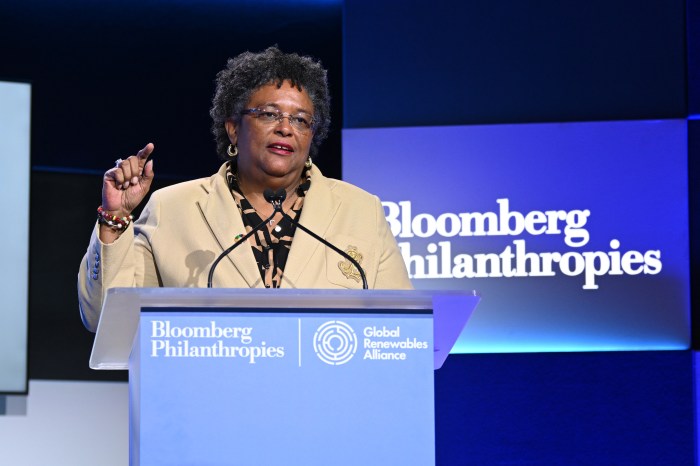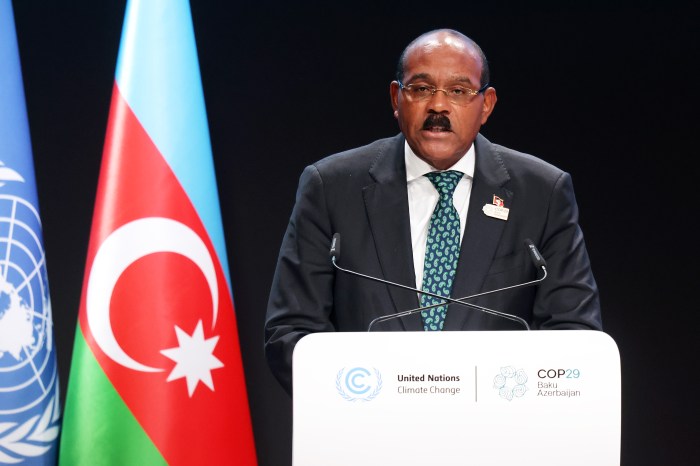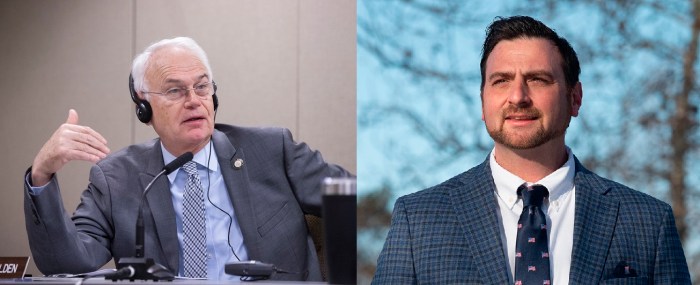New York City Mayor Eric Adams and New York City Department of Environmental Protection (DEP) Commissioner Rohit T. Aggarwala on Monday elevated the citywide drought watch to a drought warning and paused the final phase of DEP’s largest ever infrastructure repair project – the $2 billion Delaware Aqueduct Repair Project – amid a historic and continued precipitation shortage.
As such, Adams ordered city agencies to implement a range of drought protocols to conserve water and reminded New Yorkers to continue to do their part in saving water wherever possible.
The mayor said pausing the repair project will allow the city to reopen the aqueduct soon, restarting the flow of water from four additional reservoirs.
He also said conserving water will slow the depletion rate of the stored water in city reservoirs and can potentially postpone or eliminate the threat of a serious shortage.
Adams and Aggarwala first issued a drought watch on Nov. 2.
“As our city and watershed continues to experience significant precipitation shortages, today, I’m upgrading our drought watch to a drought warning, pausing our Delaware Aqueduct repair project, and ordering our agencies to immediately implement water saving measures,” said Mayor Adams. “Our city vehicles may look a bit dirtier, and our subways may look a bit dustier, but it’s what we have to do to delay or stave off a more serious drought emergency.
“We need New Yorkers to continue to save water too, so we can water our parks and fill our pools this coming summer,” he added. “New Yorkers always look out for each other. We are resilient and we will get through this together.”
“Recent unseasonably warm weather and lack of precipitation have led to dry conditions for many counties in New York, resulting in Hudson Valley and New York City area counties being elevated to drought warning status and a statewide drought watch,” said New York Gov. Kathy Hochul. “Across the state, local water restrictions and educating New Yorkers about how to help conserve water resources are crucial steps to help prevent a more severe shortage until conditions improve.”
“The ongoing and historic lack of rainfall, both in the city and in the upstate watershed where our reservoirs are located, has become more critical,” said New York City Chief Climate Officer and DEP Commissioner Rohit T. Aggarwala. “Our city agencies are leading by example in finding innovative ways to save water every day. Now we need the public to do the same so that we can avoid banning things like watering lawns and filling up swimming this spring.”
Given the lack of precipitation forecast in the coming weeks, Adams said DEP will halt repairs currently underway to the Delaware Aqueduct, an 86-mile pipeline that delivers half of the city’s water supply from the Catskill Mountains.
He said the final phase of the $2 billion repair project, which is DEP’s largest-ever infrastructure project, would have prevented 35 million gallons of drinking water from leaking into the ground in upstate New York every day by connecting a 2.5-mile bypass tunnel near Newburgh, where the leak is occurring.
In order to initiate that final phase, the mayor said the city stopped the flow of water from the four reservoirs that feed into the Delaware Aqueduct.
However, he said the lack of rain upstate has meant that water reserves across all reservoirs are not where they need to be to complete the project in the spring.
In the coming days, Adams said the city will begin the process of reopening the aqueduct to resume the flow of water from those reservoirs to New York City.
He said DEP will work to restart the project next year to ensure that the Delaware Aqueduct – the world’s longest tunnel of any kind – continues to bring New Yorkers the best drinking water in the world for generations to come.
The mayor said a drought warning is the second of three levels of water conservation declarations from the city.
As conditions evolve, he warned that the city may declare a drought emergency, which involves escalating requirements on government agencies and New Yorkers to reduce water usage.



























